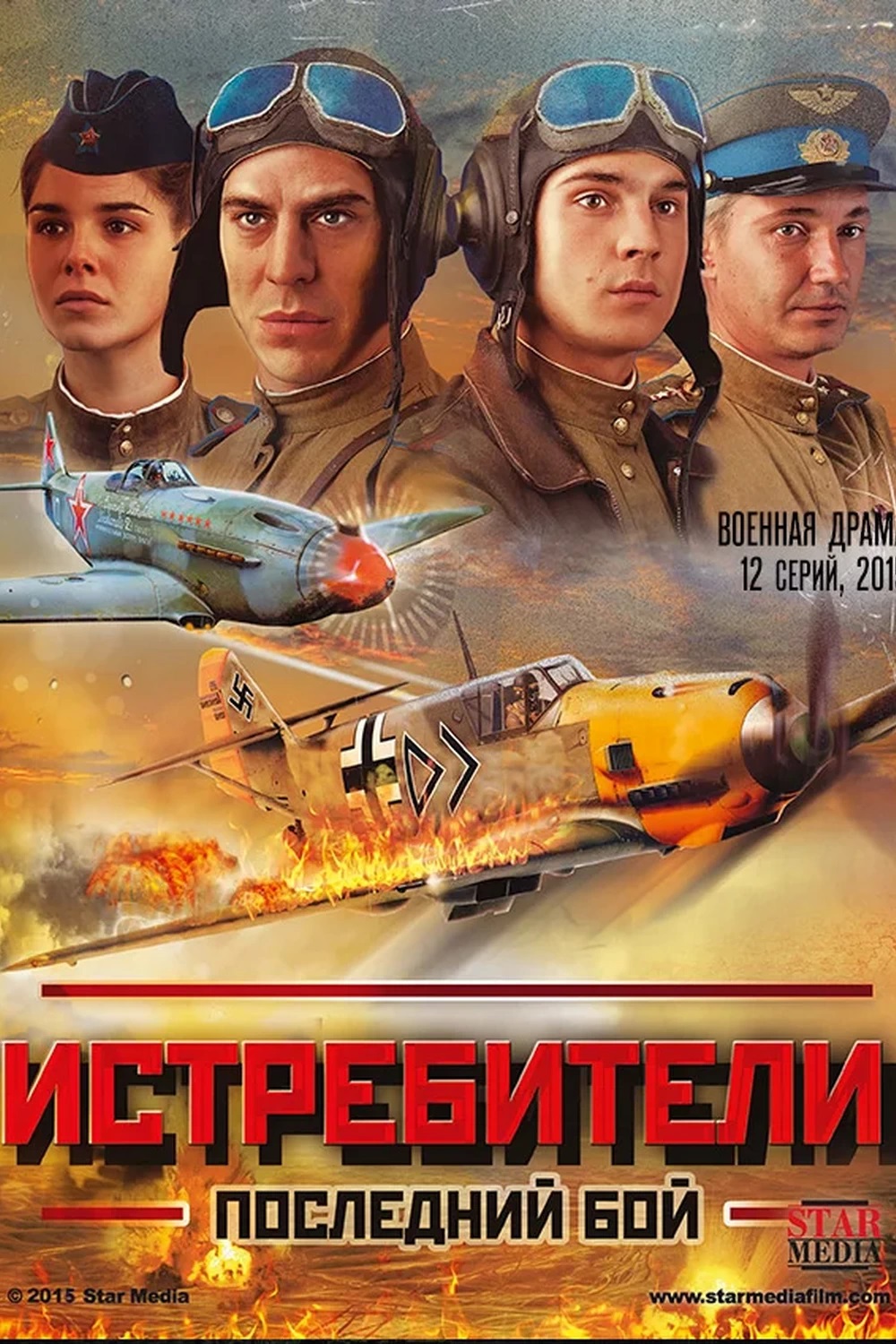SEPTEMBER 23, 2021 – Netflix, Schmetflix. For entertainment, I binge on (YouTube) series by Star Media and Epic Media, Russian film-production companies. My list includes Kill Stalin and Zhukov—reviews are buried among my 855 prior posts—and I’m impressed by story lines, casting, acting, direction, costuming, music, staging, and set-and-prop detail.
The latest: The Attackers, a 12-episode Star Media series about a squadron of fighter and reconnaissance pilots on the Eastern Front during WW II. Apart from a dumb title and butchered but manageable English subtitles, I give the series five stars out of five. But granted, I’m a person with a keen interest in 20th century Soviet history—an era that produced far more questions than answers about the human condition.
The series provides a captivating glimpse into issues of the time—tension between the common fight against invading Germans, on the one hand, and the crushing brutality of the Soviet system, on the other; the key role of Soviet women on the front lines; class differences surviving the Great Purge; block-headed bureaucracy; and supply/technology shortfalls in the face of German superiority. What’s convincing is that portrayals and perspectives are by Russians—though born long after the times depicted—not by Americans in L.A. or Columbus.
The Attackers also depicts effectively a full panoply of human attributes, interwoven into the constant backdrop—dangerous assignments executed in ancient U-2 observation biplanes and a fleet of YAK-3 rattle-trap fighters. Despite status as “war film,” the series minimizes blood, guts, gunfire, explosions. The viewer sees only what’s necessary for inescapable context.
As with many Russian film productions, The Attackers includes refinements rare in Western filmmaking. Goethe’s writing, for example, makes an appearance. A green and impetuous pilot kicks across the barracks floor, a copy of Faust possessed by a new arrival at great personal, political risk.
“That Fascist book should be burned!” says the Faust-kicking, first pilot.
“I think it was the Germans who invented book-burning,” answers the Goethe-revering, second pilot.
In a later episode, “Faust-kicker” shoots down a Messerschmitt into no-man’s land between German-Soviet lines. In a daring move, he then lands his YAK-3 on a grassy strip to retrieve intel from the smashed up German fighter. The German pilot is injured but conscious. “Faust-kicker” aims his service revolver at his foe as the latter remains strapped in the cockpit of the downed plane. Tension builds. The scene resolves when “Faust-kicker” grabs the German pilot’s revolver, tosses it a safe distance from the downed aircraft, and yells, “Go!” “Faust-kicker” then scrambles back to his YAK-3 and takes off for home field.
Meanwhile, an old man and a 12-year-old boy back in the village occupied by the Soviet squadron are arrested for suspicion of having sabotaged a plane; the accused are chastised, not executed, and the boy is later hired by two pilots for the most important job of all: cleaning aircraft canopies.
Call it revisionism. The Russia of 21st century film production is a kinder, gentler place than the country once was.
(Remember to subscribe to this blog and receive notifications of new posts by email.)
© 2021 by Eric Nilsson
